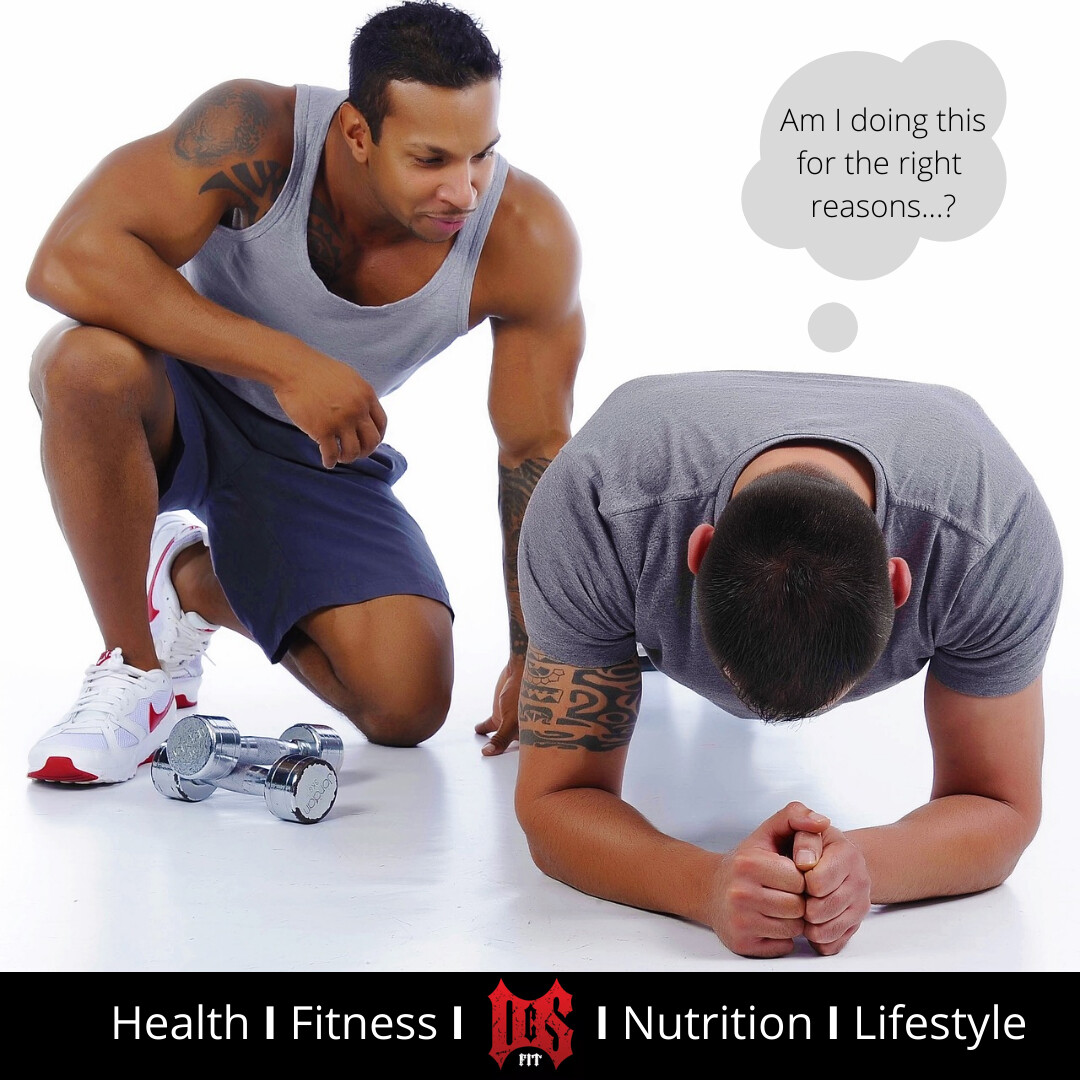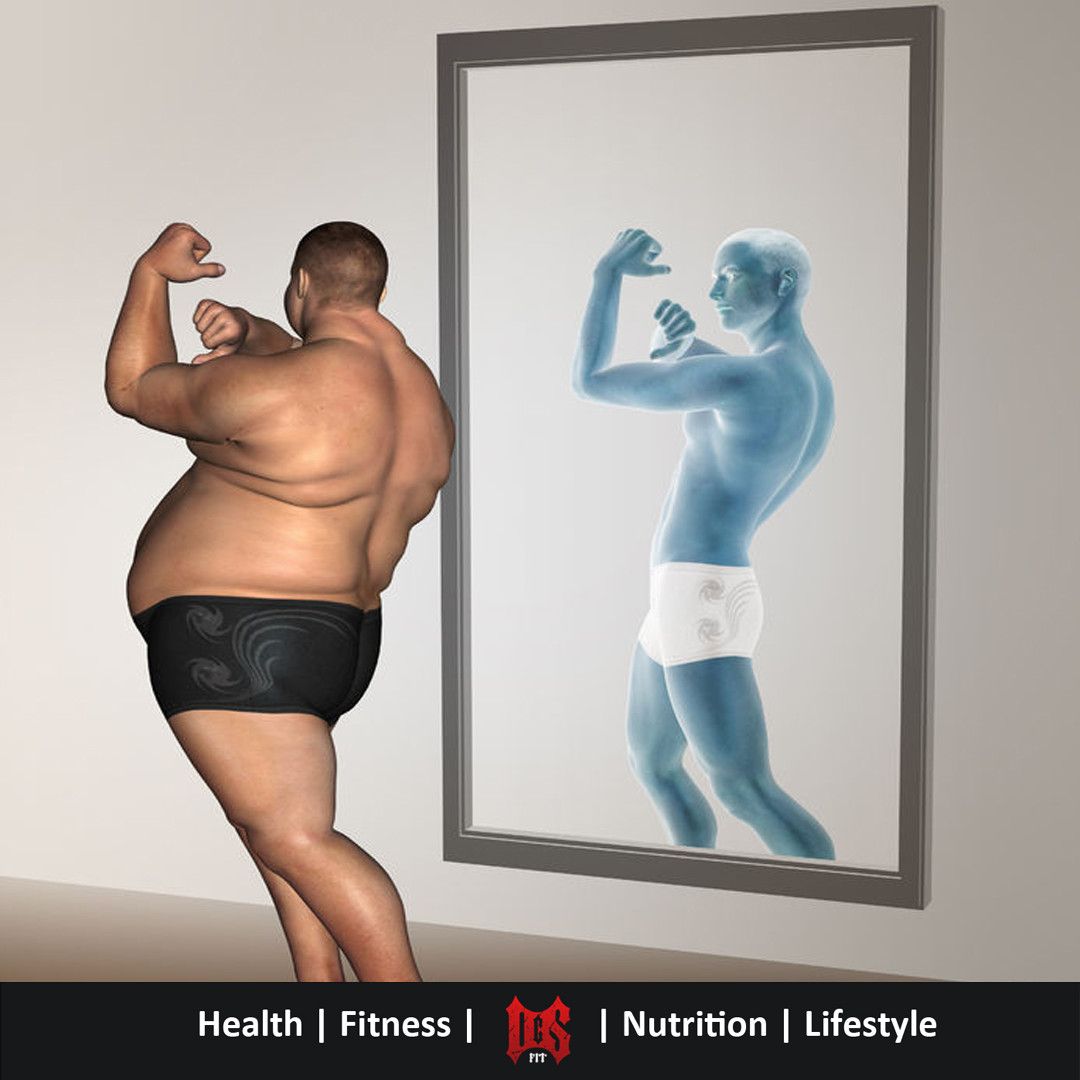IS THE FITNESS INDUSTRY BROKEN?
It would seem the fitness industry is booming. There are more and more gyms opening all the time; more people working in the industry than ever before; more books on the subject, more classes and more people actively taking part in these things than at any time in our history.
Despite all this, we have higher levels of obesity, depression and stress related illness than at any time in recent history.
How can this be?
Gym memberships in the UK have risen by 5.4% over the past year. People are becoming more conscious about their health and fitness, yet we have a worsening level of overall health.
And as more of us look to do something to improve things for ourselves, the more the industry gets saturated with those looking to profit from this increased demand.
However, rather than offering routes to an improved self-image, increased vitality and an overall improvement in wellbeing, most of the industry focuses on offering services and products that suggest these things will be achieved in ever simpler and less expensive ways.
Yet, in almost all cases, they are little more than the modern equivalent of snake oil. Praying on the emotions of those looking for help and their willingness to grab hold of anything that looks like a magic bullet to quick success.
The problem is, when most of the industry is selling snake oil, that soon becomes the perceived norm and therefore the route that should be taken by anyone newly seeking a solution.
People don’t like to think they have made poor choices as it is a reflection on them, so they will then defend their choice to the point of promoting it to others to join them.
After all, if a lot of other people join them then it will validate their decision.
And because so many people are advocating it, people tend to follow the crowd and the circle perpetually continues.
This is little more than one step up the ladder from those who aim to pull others down and join them in overindulging in alcohol or junk food to make it feel more like the norm to them and essentially validate their own choices.
From my perspective, I felt, several years ago that we were heading this way and that the industry I love, was becoming a shadow of its former self.
I left my profession as an Architect to focus on health and fitness around 10 years ago. I simply felt I was able to make a more positive contribution to society this way.
It gave me a reason to get up in the morning and a purpose for my being.
So, when I started to see how prevalent the ‘cash grab’ element was becoming, I decided to try and do something about it in my own small way.
When I opened Dynamic Core Studios, it was not because I wanted to have my own gym.
Far from it.
I made attempts to seek out every facility in the area to see if any were doing things differently.
Not just on the surface, but actually positioning clients at the fore and providing a facility that could give the highest quality service possible.
There were none!
Trust me, if there had been, I would never have taken this on.
I understood there were going to be administrative issues that I would not be keen on and would be taking away from my personal service.
Even then, I vastly underestimated the hassles of dealing with councils, utility companies, landlords, lawyers as well as the day to day admin of the facility.
However, that’s a subject for another day.
Everywhere you look in the industry these problems exist.
Are gym memberships worth it?
Starting with the training facilities, as these are generally rooted as the core of the industry, the issues are so ingrained that they are now simply the norm.
Every gym tends to follow the same model.
That of the large chain leisure clubs.
The membership fees are always undervaluing what is on offer because cheap is easy to sell. But it is always pitched in a way that cannot be delivered upon.
In other words, it is NECESSARY for a percentage of the membership to be paid, but never or rarely utilized.
So-called ‘budget’ gyms have taken this a step further. They have taken the gym model of the leisure clubs (lots of cardio equipment, limited free weights, the latest gym fads etc) stripped away any level of staffing, removed the ‘luxury’ elements like swimming pools, saunas and the like and made the price so ridiculously cheap that it is necessary for more than half the membership to pay up but not show up for it to function without becoming a fire risk.
With that, the smaller, more industrial, facilities should be able to offer the serious trainer something better, right?
Unfortunately, no!
Most independent gyms try to follow the same model.
They may put in differing equipment. They might pitch at a lesser price than the chain clubs, but a little more than the budget gyms in the hope of catching an audience that is just looking for a little more space to train.
They may throw on a catchy hook to entice more people in, such as making it all ‘functional’ training (because all the other gyms are doing dysfunctional exercises?), or it will be a ‘ladies lifting gym’ or some other ‘of the moment’ catchphrase.
Regardless, the model remains the same, sell as many memberships as possible and if it takes off and they sell so many that it is too busy to train in properly, let the members deal with that.
Would you pay £10 to drive a Ferrari?
Imagine you were told you could have the use of a Ferrari 458 (a car valued at over £170,00) but you would only need to pay £10 per month and you could drive it whenever you want.

If you happen to be a car lover, you would jump at the chance.
However, what if you were told that there were 1000 other people who were all being offered this, and you could all drive the car whenever you want, but it was on a first come first served basis.
There’s a chance you’d get to drive it (someone would have to) but to try and ensure you got a turn, you’d likely need to look to book it out at 3am or some other crazy time and even then, there is a chance someone else would get there first.
Based on your odds of actually getting to use the car, is this still a good deal?
This is no different from the standard gym model.
Some people will get the value from the cheapness. But, the reality is, the equipment in the facility will have cost over 50,000 times than your monthly membership.
Overheads for the building are likely to double that figure and then staff and trainers must be paid.
So, the only way the model works is if a high number of members are effectively donating their monthly fee to the upkeep of the gym without ever using it.
And so, while one such gym may have around 6000 members, how many of them are genuinely making improvements to their health and fitness?
Maybe 10%?
Because even if they do show up, do they know what to do to make the most of their time in the gym?
And even if they do know what to do, it’s likely so busy they can’t physically do that workout and will have to compromise it in some way.
Home Fitness Solutions are Even Worse
The products being sold as a home solution (i.e. 6 second abs, ab cradles, those stupid belts that electronically pulse your muscles to save you having to get off the couch and physically use them etc) are such utter garbage that their general role in life it to take up cupboard space.
But, it’s a one-off cost, quite cheap and saves time.
So, it’s worth the investment to someone looking to make a change but has a busy life or low income.
Therefore, it’s the same problem. It’s spending a little money on a promise that is never delivered.
The people buying them would be as well burning their cash as the act of striking the match will probably burn as much energy as using the product and therefore have just as much effect.
What about Supplements?
Now don’t get me wrong, there are some supplements that have solid scientific backing.
These would be the likes of Creatine Monohydrate and pure caffeine (not coffee, there is a difference), with others like Whey Protein, Omega oils, ZMA etc having useful functions with good, if not conclusive, evidence backing them up.
But, testosterone boosters, mass gainers, fat burners, NO2 supplements and the like are all overpriced garbage that are, in some cases, going to do more harm than good.
‘Complete’ Supplement Packages – The worst offenders?
Yes, it’s time to talk about Herbalife, Body by Vi, Juice Plus, The Cambridge Diet, the list is so extensive it’s actually sickening.
I could go on about how absolutely awful these things are for such a long time, and this piece is long enough already, that I’ll leave that for another day. But just as a quick comment.
If you are peddling any of this stuff to ‘supplement’ your income, then you really need to take a good hard look at your life.
If your reason for doing it is “I have a family to feed” or something similar, then you are no better than a drug dealer or someone who mugs pensioners as those people could make that very same argument.
Harsh?
Maybe. But truthfully these products are the worst kind of poison for the industry that is supposed to be here to help people.
Are they physically as bad as some of the supplements mentioned above, or have as little merit as the home gizmos?
Probably not.
But, the machine that is behind them, the false promises, the overpricing and the general foundations these ‘schemes’ are built on just makes me hang my head in sorrow for where this industry has gone and how it just feeds on people’s desires.
Firstly, for the weight loss. Then, as it is the foundation of the business model, usually, to recruit, playing on the desire for improved finances.
My thoughts on this are too strong, so I’ll cover it as a subject in its own right another time.
What about books and magazines?
Whilst there are some fantastic authors out there with great messages to spread, as soon as it gets into training methods, where there are things like sets and reps listed, or diet plans with stupidly low calories (ie 1200 calories per day or sometimes even lower) then, again, these are just doing more harm than good.
You cannot have a one size fits all workout plan where progression is described as linear.
People have off days as well as high energy days and workouts need to be able to adapt to those changes.
Everyone is built differently.
Just because the squat is a great exercise, if the person reading the workout has postural issues that prevent good squat technique, forcing them down that path is only going to hurt them.
Where the ‘nutrition’ or more accurately ‘diet’ books are concerned, they are mostly pitched at getting fast, unsustainable results causing the development of a poor psychological relationships with food and huge rebound effects.
So, rather than helping the overall problem most (not all) add to it.
I could go on and review every element form blogs and forums, to apps and smart technology.
However, the issue is always the same.
The goal is to sell the products by selling the dream and only rarely does it focus on the people and genuinely helping with the issues they are looking to resolve.
What’s the solution?
Short term, there isn’t one.
You only need to look to the food industry and see how long they’ve been able to pedal ‘low fat’ products (that are loaded with chemicals and sugars); ‘gluten free’ options (again, often filled to the brim with sugar content) or the low sugar (high chemical) options as the ‘healthy alternatives’ to see that praying on people’s insecurities and desires in exchange for a big bank account is not going away.
Fitness Professionals Need to Change!
If the individuals who represent the industry (i.e. personal trainers, nutritionists, dietitians, small gym owners, coaches and the like) stopped focusing so much on their bank balance and started focusing on the people they are there to serve and how best to do that regardless of the return they would receive, that would start to set a precedent.
The more we can educate the consumers into making better, smarter and healthier choices, the more it will dent the profits of the corporations praying on their impulses.
Consumers can force that change to happen
If consumers would take a minute to think about the long-term effects of their choices rather than the short-term gains. Put down the magazines telling them about the way they are meant to look and start focusing on how they feel and how to improve that. If, whenever they went to make a purchase or an investment in their health and fitness, they would take a second to review its true value rather than cost. Then we would start to see changes that looked to cater to those markets.
The fitness industry and perhaps it will never fully go away. But, as it stands, this industry is not delivering on the promises it is marketing and as one of the few industries in this world that is, at it’s true core, there to help others and to improve the lives of those it touches, it’s doing a pretty poor job, and something needs to change.
Think Long-Term for All, Not Short-Term for You
If you are someone who forms part of the fitness industry. No matter what you SAY your services are about, perhaps it’s time to take a moment to reflect on which path you have gone down.
Perhaps you took a wrong turn somewhere and didn’t notice.
But, I urge you to take an hour one day, sit down and evaluate just what you are contributing to the people you are looking to serve.
Are you delivering more value than the monetary value you are taking?
If not, perhaps it’s time to re-calibrate and look for a different path.
It is all too easy to kid yourself that the ‘drink yourself thin’ shakes you are peddling are ‘natural’ and ‘better than a chocolate bar’ or whatever. Being objective when it’s going to adversely affect you personally (in the short-term) is not easy.
So, try to step out of yourself and truly evaluate without prejudice.
We should be looking to make the world better, not just our own lives.
I believe and have always believed that we need to earn our place in this world. And at the end of our lives, if everyone could reach a position where they could look back on their lives and honestly say that the world was a tiny bit better from having them in it than if they had never existed, then the world we live in will continue to become a better and better place and we will all have earned our part in it. If not, well that’s down to your own conscience.
The fitness industry is well and truly broken
But, it is not beyond repair and each of us can do our part to ensure it goes in the right direction and starts contributing more than it takes.
Fingers firmly crossed.
If you are someone who is looking to make an improvement from within the fitness industry and you are in the Greater Glasgow area of Scotland, qualified or not, Click Here to see if we can get together and make a difference to the industry and the world.

Is the Fitness Industry
Broken? by Mark Tiffney
What are your thoughts?
Do you believe the fitness industry is broken?
Do you feel it is better than ever?
Do you think improvements are possible or is the corporate machine too much in control?
Let me know in the comments below.
Mark
.




Hi Mark, Just wanted to say thank you for writing this. I’m a PT and I’m shocked every day to see the lack of integrity in the industry…. so much so that I’m not taking clients now because it’s just too depressing to hear how the industry has taken their enthusiasm for health and totally abused them. It was a really refreshing read 🙂
Thanks so much for your comment and for reading Emma. It’s such a sad case that the poor state of the industry puts off the people who actually want to add value (such as yourself) while those who are just in it for an easy payday, regardless of the harm they do, continue to thrive.
I hope you are back helping people soon as those who are looking for answers and guidance deserve to find people like you rather than the usual ‘fitness by numbers’ outlets and ‘quick fix gimmick’ tools that dominate the industry.